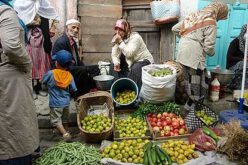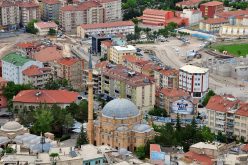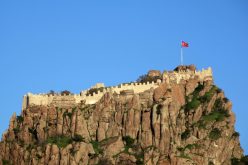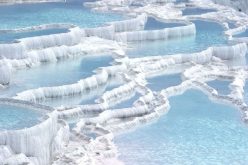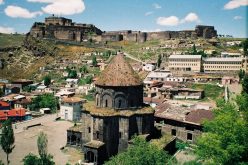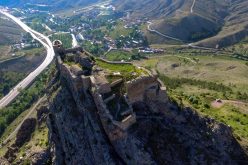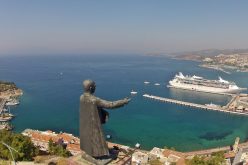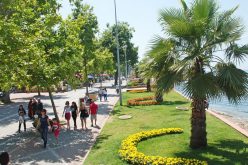Nigde
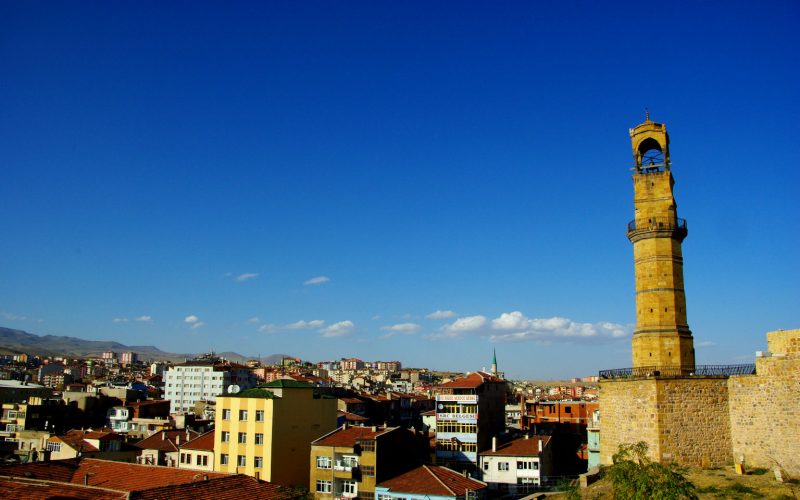
Nigde
Nigde is a small city and located between the volcanic Melandiz Mountains, including the Mount Hasan stratovolcano near the city of Aksaray to the north in Turkey. and the Nigde Massif to the south-southeast. The massif is a metamorphic dome that contains abandoned antimony and iron mines. Several marble quarries are currently active in the pure white crystalline marble of the massif. The province of Nigde and the surrounding lands are extensively rich in the field of ancient ruins. Most of the findings discovered at the excavations from these ruins are exhibited at the Nigde Museum. The important ruins could be counted as, Köşk Tumulus ruins (Bor – Bahçeli Borough), Göltepe – Kestel ruins (Çamardı), Göllüdağ ruins (Göllüdağ), Porsuk Tumulus ruins (Ulukışla – Darboğaz), Tyana ruins (Bor – Bahçeli). Kuşkayası Burial Ground is located at the vicinity of Karaltı Borough, which is approximately at 40 km distance to Nigde. The rock tombs are lined among the two slopes of a valley located southwest of the borough. Gümüşler Ruins and Monastery is located in the borders of Gümüşler Borough which is 9 km. away from Nigde province. The monastery is one of the most beautiful and well preserved creations of the Byzantine art in Anatolia. The monastery was declared as an archeologically protected site in 1973 and is carved inside a vast and wide rock piece. The church has four main pillars with the shape of rock cavity and the walls are covered with frescos. The strong and vigorous expressions of the frescos in the church, the present underground city, the great burial chamber, the accommodation areas carved in the large rock masses and increased defensive precautions express that the Gümüşler ruins and the monastery was one of the important religious center of its period.
Mosques and Mausoleums The main Seljukian and Ottoman period mosques which are well preserved in Niğde province are Alaaddin Mosque (1223), Sungur Bey Mosque (1335), Paşa Mosque (17th century), Kale Mosque (1747) and Hanım Mosque (1452). The Hüdavend Hatun Mausoleum remained from the Seljukian period, Dörtayak Mausoleum and Şerifali Mausoleum from the Ottoman period are the most important mausoleums of the province.
Castles and Towers The foundations of the Niğde Castle was laid in BC 8th century at the Late Hittite Period and was restored in the periods of Roman – Byzantine, Seljukian and Ottoman periods. Watch Tower The tower was constructed on one of the western ramparts of the castle.
Çiftehan Thermal Spring The thermal spring was located in the Çiftehan Borough which is located at 80 km. distance to Niğde province. The waters of the spring are both available for bathing and drinking purposes, and it is known that the waters of the spring is good for rheumatism, neural diseases, skin diseases, gynecological diseases, nourishment disorders. The facilities of the thermal spring are modern and have high accommodation capacities.
National Parks
The Aladaglar national park is in the province of Nigde, south of Kayseri, and lies 30km from Yahyali. The park is adjacent to the main highway from Nigde to Kayseri, and can also be accessed from Yahyali. Inside this huge park of around 55,000 hectares, the summit of Demirkazik at 3756m is the highest point in the middle Taurus mountain range. There is a huge range of flora and fauna, and visitors may fish in the streams full of trout. Wildlife includes wild goats, bears, lynx and sable. The park has extremes of climate, with hot summers and very cold and snowy winters, with snow-capped peaks throughout the year. There is also a huge difference between night and day temperatures, with the lake usually freezing at night yet can reach up to 30°C during the day. The most common species of plant life is black pine and cluster pine trees, with some cedar dotted between, and fir trees in the northern areas with higher humidity. The Alpine region, from the upper borders of the forest, has pastures with rocky areas and little variety of plant life because of the high altitude and slope. The park has been designated a protected area for wildlife, and there is a specific space for breeding animals. Camping is possible in the park, although there are plans to develop the area and improve the campsite, and create marked trekking and climbing routes. Trout fishing is allowed, and fish is also for sale from the trout production farms around the various rivers.
Write a Comment
Only registered users can comment.




